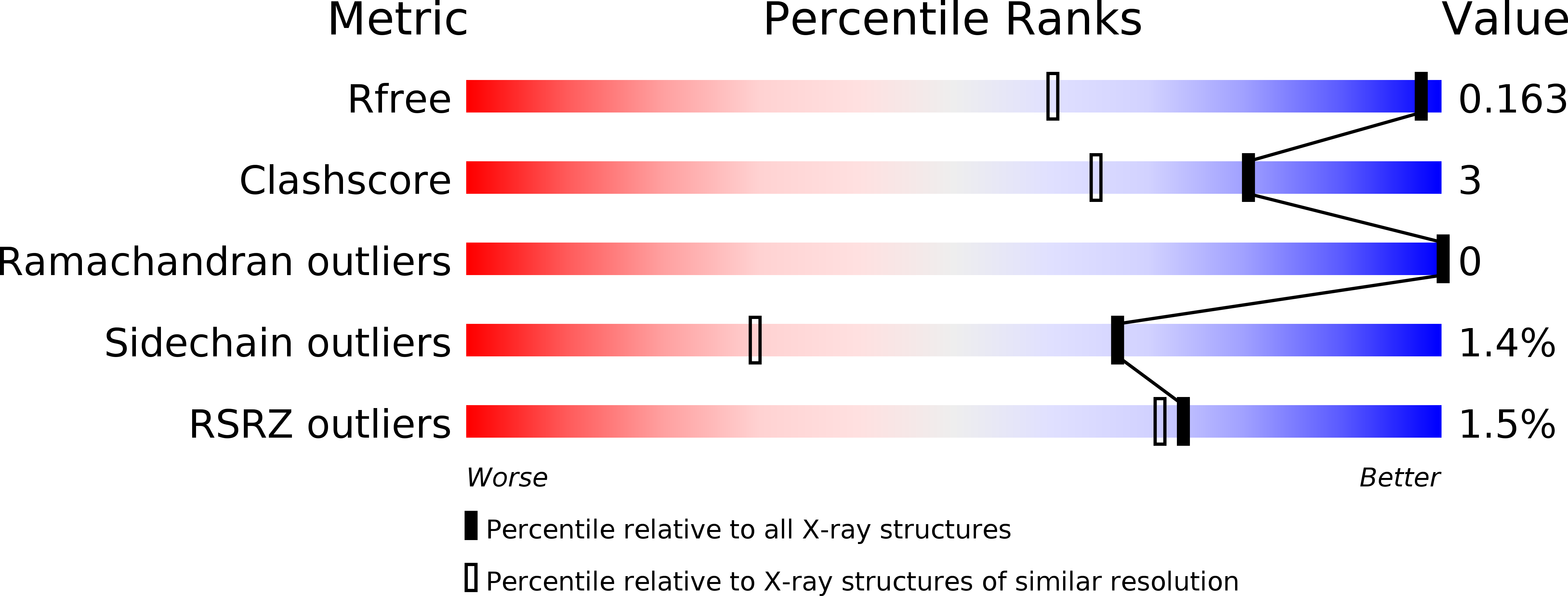
Deposition Date
2013-03-19
Release Date
2013-12-04
Last Version Date
2024-11-20
Entry Detail
PDB ID:
4JPM
Keywords:
Title:
Structure of SHV-1 beta-lactamase in complex with the 7-alkylidenecephalosporin DCM-1-10 at 1.14 Ang resolution
Biological Source:
Source Organism:
Klebsiella pneumoniae (Taxon ID: 573)
Host Organism:
Method Details:
Experimental Method:
Resolution:
1.14 Å
R-Value Free:
0.16
R-Value Work:
0.13
R-Value Observed:
0.13
Space Group:
P 21 21 21


